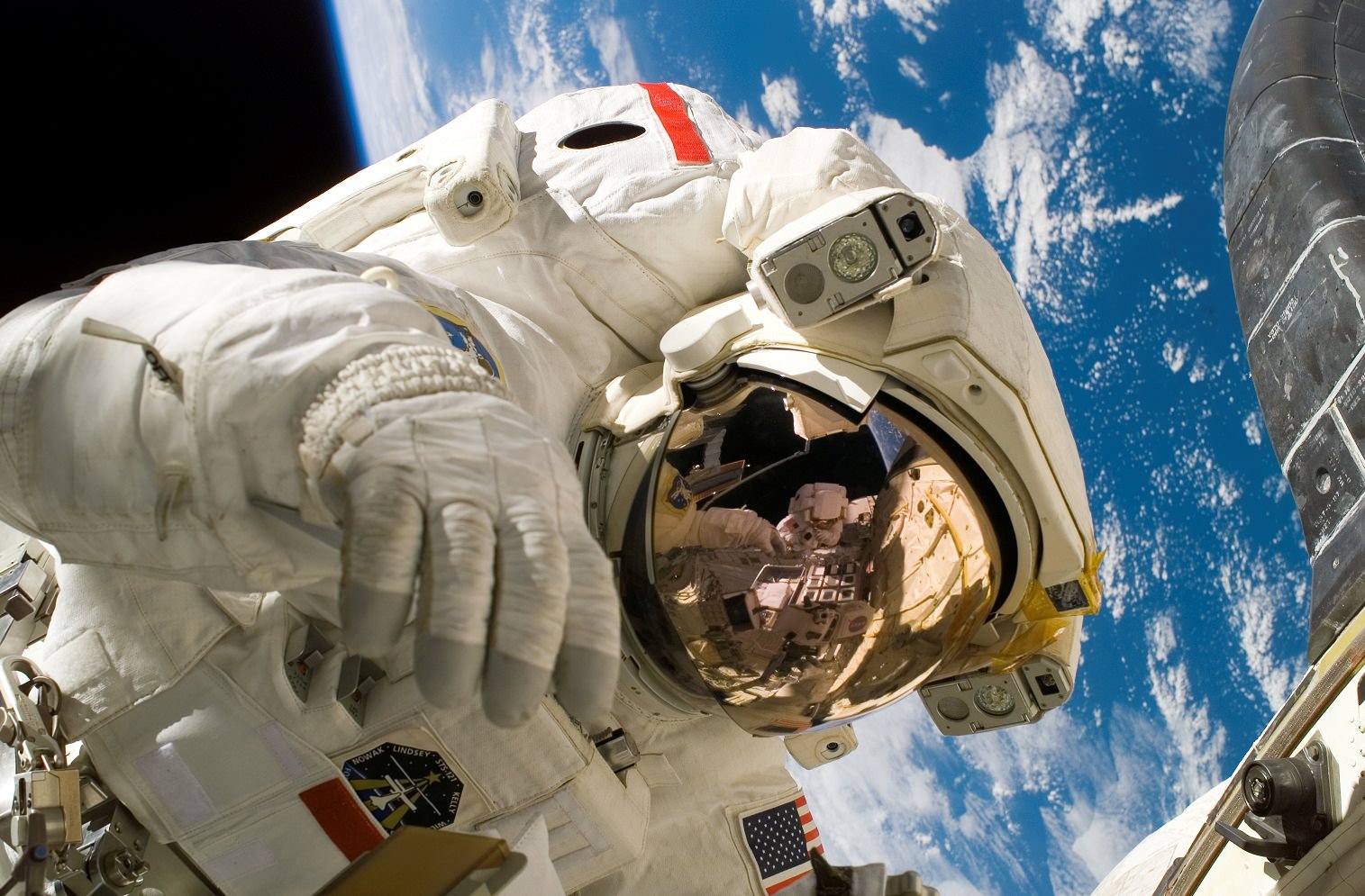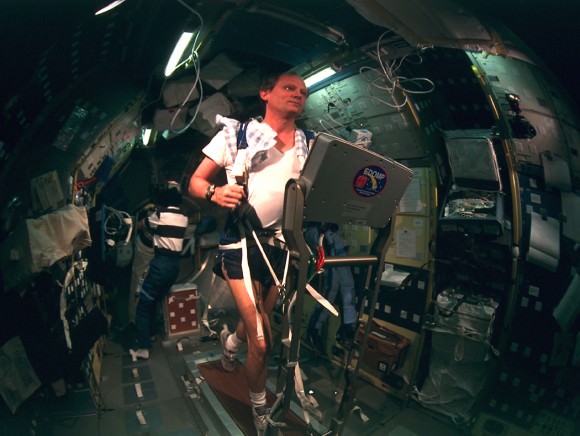Astronauts are considered by many to be an elite bunch of people; healthy, fit and capable in many disciplines. Went they travel into space they can face health issues related to weightlessness from reduction in bone density to issues with their eyesight. These are people at the peak of physical fitness but what will happen to the rest of us when space tourism really kicks off. It is likely that anyone with underlying health issues could worsen in space. A new study suggests those with cardiovascular issues may suffer heart failure in space!
Continue reading “Will Space Tourists Be Getting Heart Attacks in Space?”Have A Heart! This Organ Plays Shape-Shifter In Space, Leading To Mars Mission Questions

Could a long mission to Mars increase your risk of heart problems back on Earth? That’s something that scientists are trying to better understand after discovering that hearts become temporarily rounder in space, at least in a study of 12 astronauts.
The finding doesn’t appear to be a big surprise for cardiovascular scientists, however, who had the astronauts examine their hearts using ultrasound machines on the International Space Station as well as before and after spaceflight. The heart gets 9.4 percent more round, similar to models developed for the project, before returning to its normal shape on Earth.
“The heart doesn’t work as hard in space, which can cause a loss of muscle mass,” stated James Thomas, lead scientist for ultrasound at NASA, and senior author of the study. “That can have serious consequences after the return to Earth, so we’re looking into whether there are measures that can be taken to prevent or counteract that loss.”
Astronauts typically spend six months on the International Space Station. One year from now, NASA’s Scott Kelly and Roscomos’ Mikhail Kornienko are going to launch for a one-year mission. Spending months upon months in space leads to a host of problems upon returning to Earth. Your muscles get weaker, you’re more likely to pass out, and you’re at increased risk of bone fractures, among other problems.

A typical person on the space station spends two hours a day exercising just to ward off the worst of the effects. The researchers added that one remedy could be to add more exercises targeting the heart. This will be particularly important for missions that last 12 to 18 months or more — such as a Mars mission.
Studying astronauts in space could provide data on Earth-bound patients facing similar problems, the researchers said. Since the models that they made for astronauts were so congruent with reality, this gives the researchers confidence that they could create similar models for patients on Earth.
Conditions that could be considered include ischemic heart disease (the most common kind of heart disease and source of heart attacks), hypertrophic cardiomyopathy (thickened heart muscle) and valvular heart disease (damage to one of the heart’s valves).
Results were presented last week at the American College of Cardiology’s annual conference. It’s not immediately clear from a press release if the study was peer-reviewed. The researchers added that more study of astronauts after returning to Earth could be a useful research direction, to see how the effects persist (if at all.)
Source: American College of Cardiology

